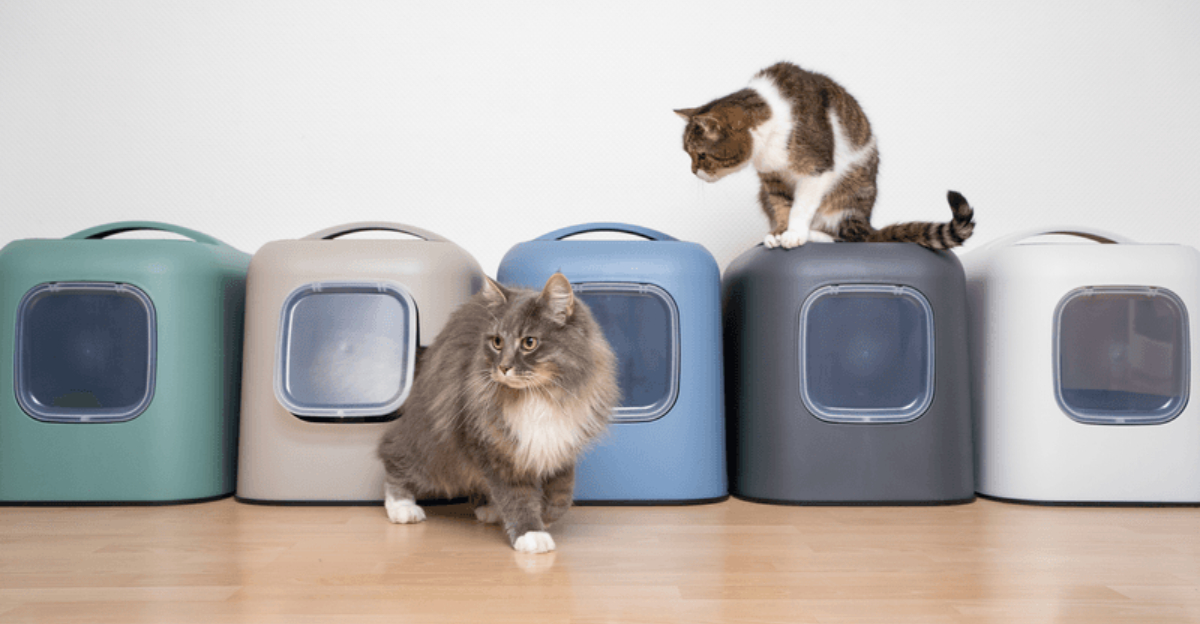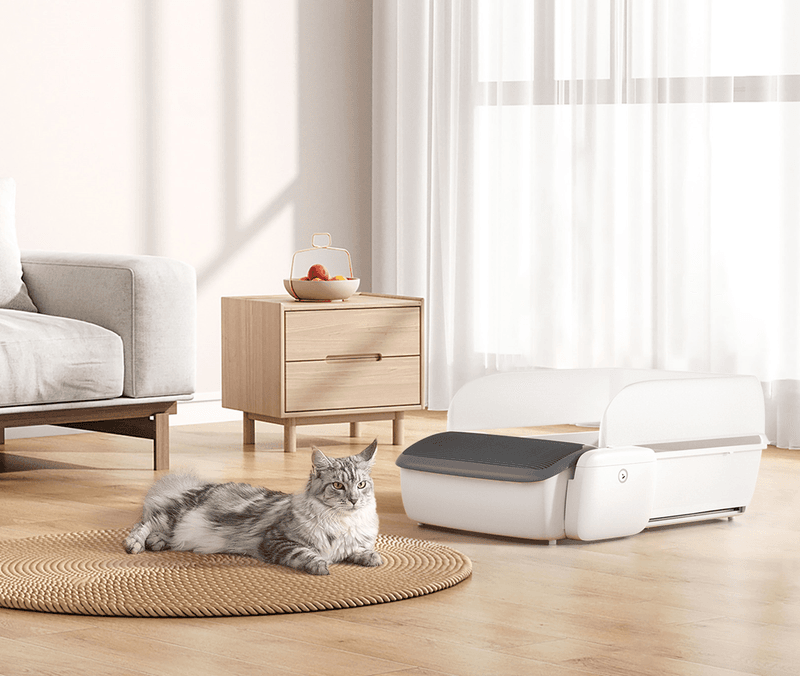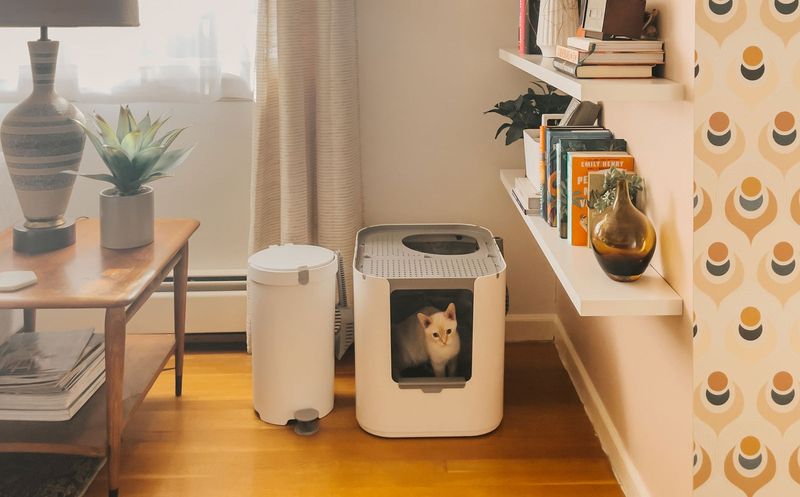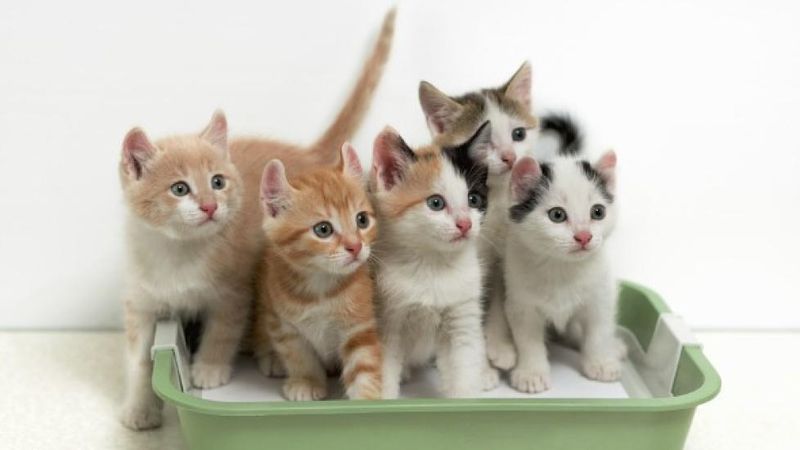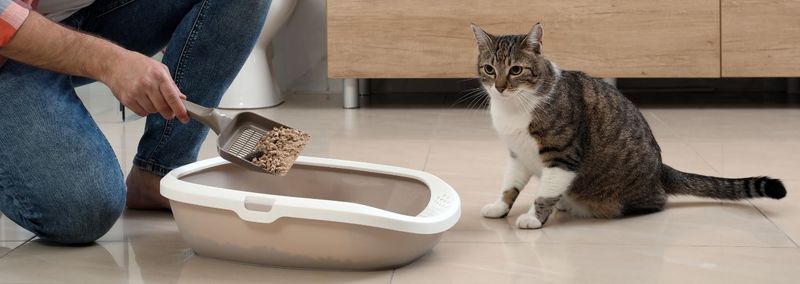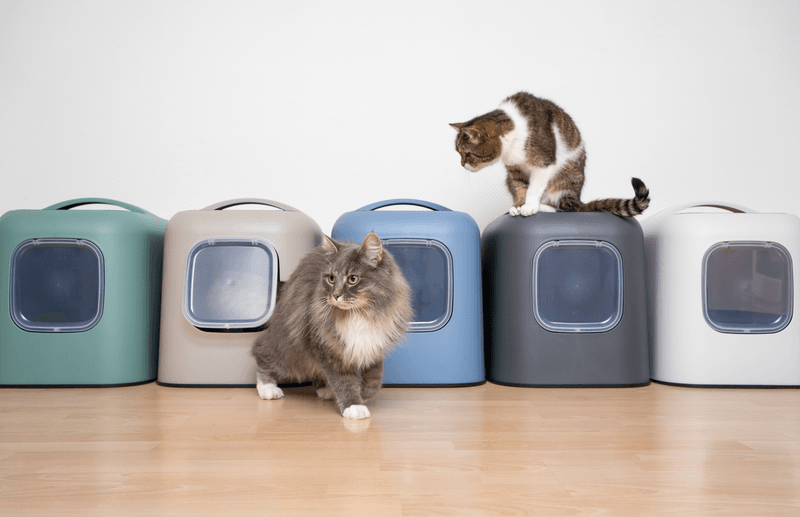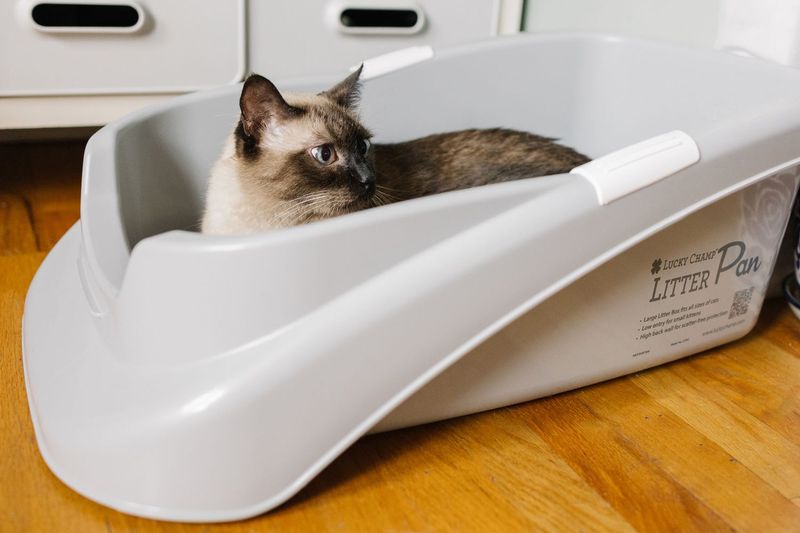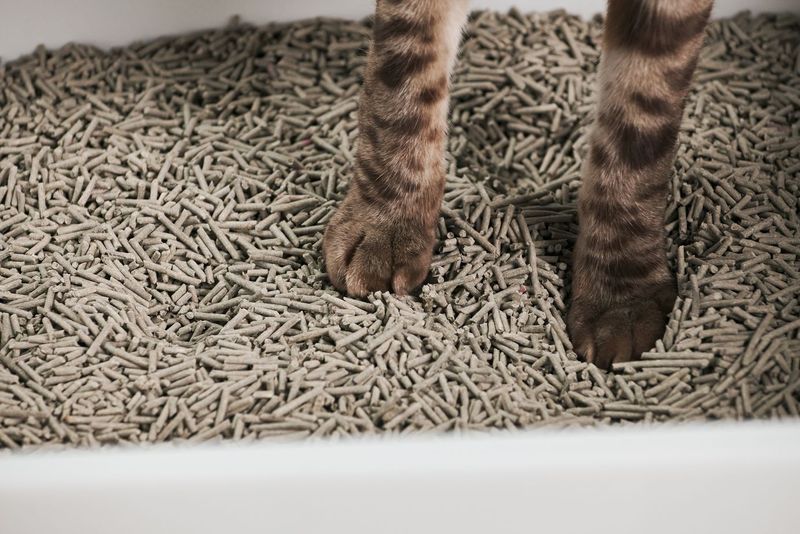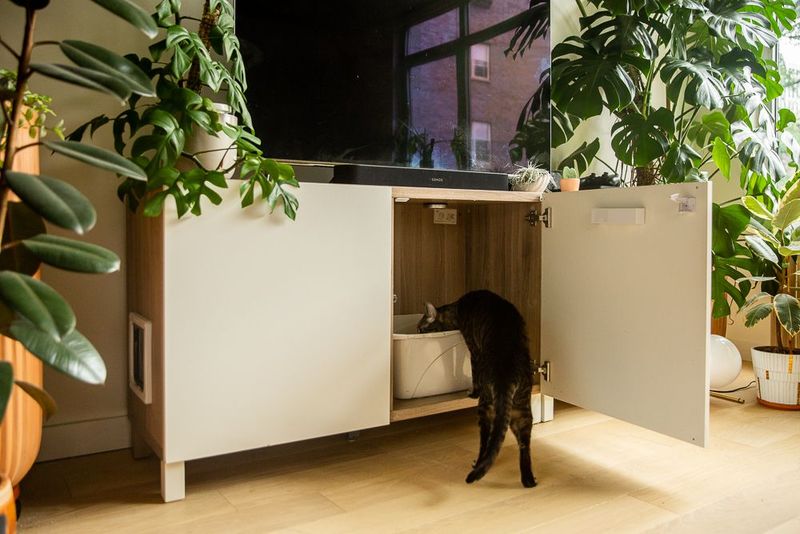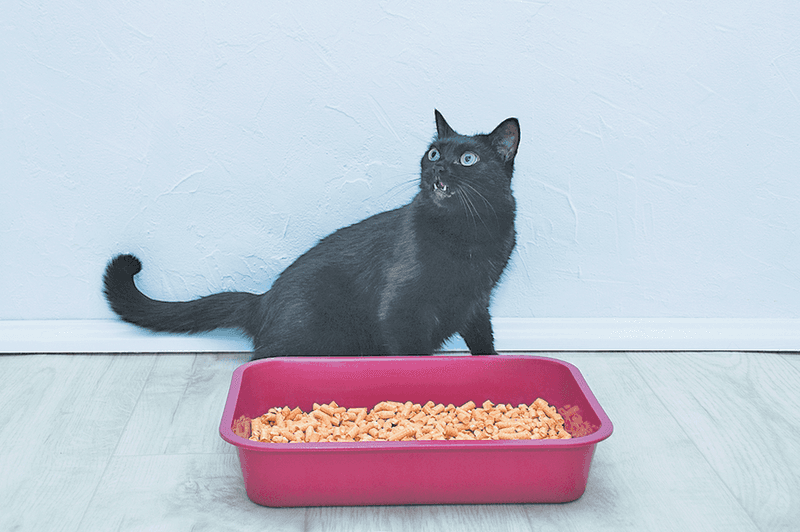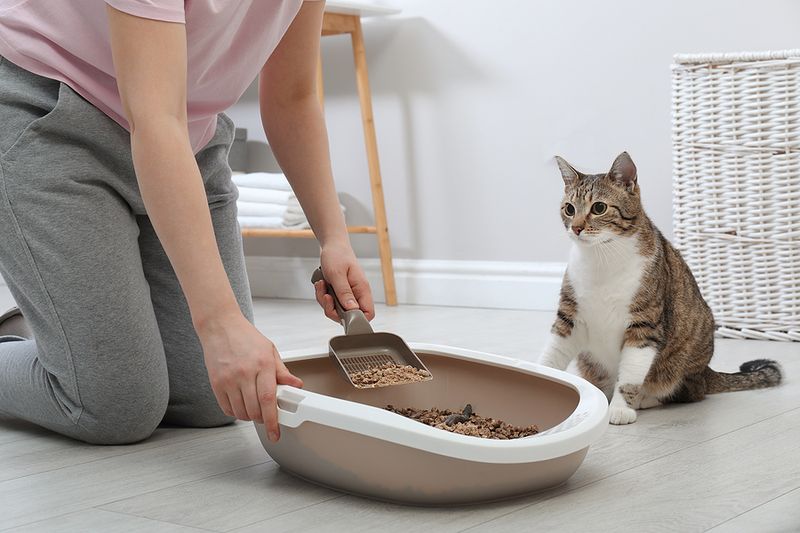📖 Table of Content:
Cats are famously independent and fastidious creatures, and their litter box habits are a perfect reflection of that. A clean, thoughtfully arranged litter box setup can dramatically impact a cat’s health, comfort, and behavior. Despite their reputation for being low-maintenance, felines have high standards when it comes to where they do their business.
A poorly managed litter box situation can quickly lead to stress for both the pet and the owner. From inappropriate elimination to full-on litter box rejection, many of these problems trace back to just a few common missteps. Fortunately, crafting a cat-friendly litter box environment is more about understanding their instincts than investing in fancy gear.
This article breaks down six of the most effective litter box setups that promote feline happiness, along with four all-too-common mistakes you’ll want to steer clear of. Each point goes beyond surface-level advice and focuses on real-world behavior patterns that affect your cat’s choices. Whether you’re a first-time cat owner or an experienced caretaker refining your routine, these insights will help you create a more peaceful, hygienic home—for both you and your furry friend.
1. Right Size & Shape
Choosing a litter box that fits your cat well is crucial. It should be large enough for your cat to move around freely. Ideally, the box should be 1.5 times the length of your cat, providing ample space for turning and digging. Most cats prefer open boxes, as they offer a feeling of freedom rather than confinement. An open design helps them feel secure and comfortable. Remember, a cramped box can lead to stress and avoidance behaviors, so select a size that fits your cat’s needs.
2. Proper Placement
Positioning the litter box in a tranquil, low-traffic area is vital. Cats enjoy privacy, and a quiet spot allows them to do their business without disturbances. Avoid placing the box near noisy appliances like washers or dryers, as sudden sounds can startle your pet. A peaceful corner ensures that your cat feels secure and comfortable when using the litter box. Proper placement can prevent accidents and encourage consistent use.
3. One Box Per Cat + One Extra
Following the rule of one box per cat plus an extra can make a significant difference. This setup prevents territorial behavior and ensures that a clean box is always available. Cats can be particular about cleanliness, and having multiple options reduces the risk of accidents. This practice also eases stress during multi-cat household dynamics, contributing to a harmonious living environment.
4. Consistent Cleaning Routine
Maintaining a regular cleaning schedule for your cat’s litter box is essential. Scoop at least once a day to keep it fresh, and perform a full clean with mild soap and water weekly. Cats are naturally clean animals and may refuse to use a dirty box. Regular cleaning prevents odors and keeps your cat happy and willing to use the box. A clean litter box is key to a content feline.
5. Use the Right Litter
Selecting the appropriate litter is a matter of preference for your cat. Most cats favor unscented, clumping litter, which mimics sand and is easy to dig and cover their waste. Avoid heavily scented or pellet-type litter unless advised by your veterinarian. The right choice contributes to your cat’s comfort and willingness to use the litter box. Consider your pet’s preferences, as using the wrong type can cause avoidance issues.
6. Low Entry for Easy Access
Ease of access is crucial, especially for kittens, elderly cats, or those with mobility issues. A low-sided litter box or one with a cut-out entry can make all the difference. High-sided boxes might be challenging for some cats to enter, leading to accidents outside the box. Providing easy access encourages consistent use and ensures that all cats, regardless of age or physical condition, can comfortably use their litter box.
1. Changing Litter Too Abruptly
Abruptly changing your cat’s litter type can lead to rejection of the box. A slow transition over 5-7 days, mixing the new litter with the old, is recommended. This gradual change helps your cat adjust without stress. Cats can be sensitive to new textures or smells, so patience and graduality are key. A sudden switch may cause your cat to seek alternative, less desirable locations for elimination, leading to unwanted messes.
2. Placing It Near Food/Water Bowls
Cats generally dislike eliminating near their eating areas. Placing the litter box away from food and water bowls ensures your cat feels comfortable and respects their natural instincts. This separation reduces stress and encourages regular use of the litter box. A clear distinction between eating and bathroom areas is essential for maintaining a happy and healthy feline environment.
3. Using Liners or Covered Boxes
Some cats dislike liners that move under their paws or covered boxes that trap odors. It’s essential to observe your cat’s preferences and remove these if they seem uncomfortable. Cats have unique likes and dislikes, and understanding them can enhance their litter box experience. If your cat avoids the box, consider these factors as potential deterrents. A happy cat uses the box willingly, so tailoring it to their liking is crucial.
4. Ignoring Behavioral Signs
Ignoring a cat’s refusal to use the litter box can be a grave mistake. Such behavior might indicate stress, medical issues, or dissatisfaction with the box setup. Quick action and a vet consultation are advised if this occurs. Understanding your cat’s behavioral cues can prevent problems from escalating. Regular check-ins with your cat’s habits can ensure that their litter box needs are met and any issues are promptly addressed.
